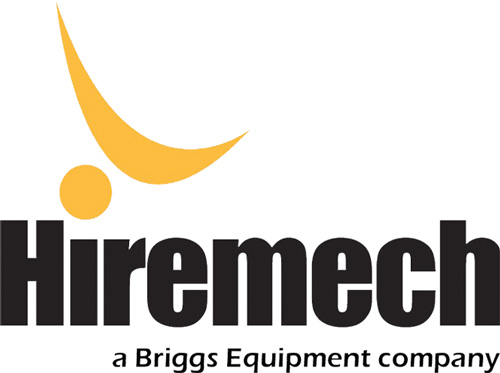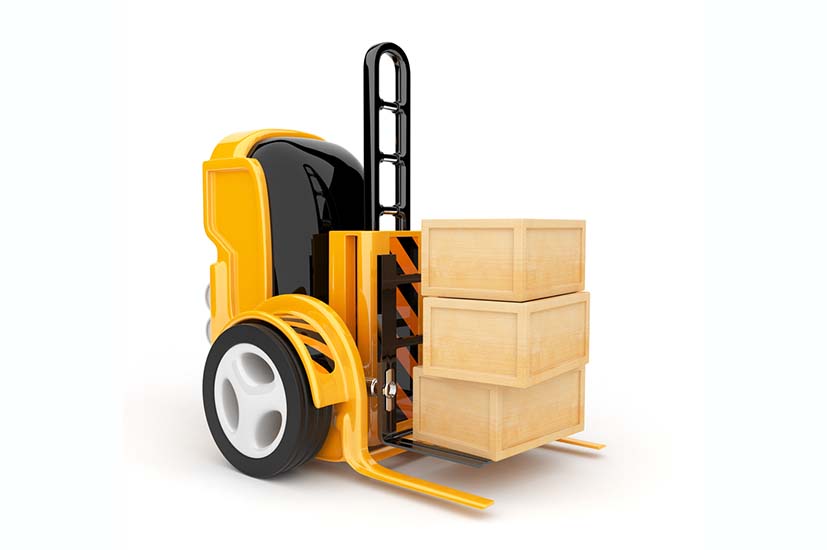What does the future hold for the forklift and manual handling industry over the next decade?
Forklift driving and manual handling have changed dramatically over the years. Forklifts are now designed with the driver in mind, ensuring the driver’s comfort is as important as the safety aspects. Equipment to assist with manual handling is as ergonomic as possible to limit turnover and of course, staff that work in the industry have far more training than they used to be given. In most companies, one can’t drive a forklift truck now without a licence or undergoing rigorous training.
Technology within this sector is developing rapidly with the introduction of A.I, driver-less forklifts and the development of hoists and other equipment which means manual assistance is not as necessary as it once was. This could be a good thing as long term, the use of A.I will cut costs, but it may mean there are fewer jobs for workers in the industry if they can be replaced with robots. The question everyone in the building and construction industry is asking now, is what does the future hold for the industry and what other changes are there likely to be in the future?
Brexit – make or break
Brexit has impacted the industry in quite a dramatic way. Due to stockpiling in warehouses because of the uncertainty Brexit entails, the demand for forklift truck hire has increased dramatically. This has also meant an increase in demand for forklift truck drivers. Many companies are stating that their warehouses are already full which may lead to a knock-on effect in which a demand for more warehouses may also become an issue. It’s difficult for businesses to gauge the best course of action regarding stockpiling because Brexit is still up in the air and until negotiations are completed, no one can be sure what is going to happen. Stockpiling sounds a good idea in theory, but it means there will be an excess of stock for companies to shift in the future and that may not be so easy once the true effects of Brexit, and the red tape that is sure to occur afterwards, become clear. It could well be the case that companies are left with warehouses full of stock that they are unable to shift.
The UK warehousing industry currently adheres to strict EU health and safety laws. Brexit may mean that safety standards, regulations and restrictions change, which would impact heavily on all personnel. As mentioned before, warehouses are likely to be in demand especially as manufacturers and importers that have warehouses abroad will be looking for warehousing within the UK to avoid any extra cost or problems that might arise with having their warehouses in any of the other EU member nations. This is all very well, but if there are not enough warehouses to meet demand, then new ones will have to be built and that involves heavy investment, something that companies are not confident in carrying out at the moment, due to the uncertainty surrounding Brexit and the impact it will have on businesses.
Other Brexit issues
Another issue will be a smaller pool of qualified labour available due to the strict immigration laws that the UK are now implementing, along with the possibility of qualified European staff leaving the UK for better career and job prospects and ease of free movement. The exodus of Europeans leaving the UK since the referendum is already impacting on the building and construction industry and replacing staff and training up new ones is costly. If Europeans still working in the UK decide to leave, along with the possibility of British workers leaving and relocating as well, there could be a shortage of personnel, which will affect all aspects of a business, not just turnover.
Companies will have no choice but to find innovative ways to increase the amount of work they can achieve with the resources available to them. Increased costing for maintaining and operating machinery and equipment means that overheads are already high and should this increase, the warehousing industry will need to pay close attention and possibly need to look at collaboration with other warehousing companies to keep overheads to a minimum. Brexit may well improve things for the warehousing industry, but there is also the possibility that it will make things even more difficult and this is something that won’t become apparent until the UK finally leaves the EU and the true impact can be analysed.
Future Forklift Trends – Warehousing and Artificial Intelligence
Artificial Intelligence is already gaining a place in the UK warehousing industry, albeit very slowly. However, this is likely to change shortly as driverless trucks, robots and computer technology advances to the extent that using A.I becomes a necessary part of the sector to keep up with competition and maintain low overheads.
At the moment, artificial intelligence is not without its flaws and robots do have limitations in regards to mobility and use. They cannot currently change movements between fine and heavy activities, which means if the goods being handled are delicate, they can easily become damaged. Translucent packaging and reflective packages also hinder the camera and sensor abilities of a robot too. These are a few reasons why A.I has yet to be used widely in the industry. However, these issues are being worked upon already.
Robots as co-workers
A project called ILIAD (Intra-logistics with Integrated Automatic Deployment) has been underway for the last three years with scientists from the UK and Europe collaborating to perfect robots that can be used in warehouses. Scientists are trying to create new forklift trucks that will be safe and reliable to work beside humans in the warehouse. The idea of the project is to develop the robots using complex A.I and to place them into the workforce within the next few years. These types of vehicles are known as automated guided vehicles (AGVs), and will be used to assist with packing, palletising and transporting stock. The most important aspect the scientists are working on is to ensure the robots have excellent awareness, using computer vision and artificial intelligence to notice and predict the behaviour of all humans around them. The robots will also be able to update information and learn from data they collect over time. Eventually, the robots will save time and manpower, therefore reducing costs and increasing productivity.
Pros and cons of A.I in the workforce
There are quite a few benefits to using robots and A.I. For example, robots are more dexterous, flexible and scalable than humans, which will reduce the strain on limited workers and keep them safe. If warehousing productivity is improved, this also makes for a better work environment and of course, human error is almost eliminated and will result in increased accuracy of orders packed and shipped. However, there is a downside to this for workers. Robots will mean a decrease in labour costs and hiring, so training and employee benefits will be eliminated, meaning huge financial gain for the company but no demand for human forklift truck operators.
Changes in consumer trends
As the industry relies mainly on the consumer either directly, or indirectly, how individuals and businesses purchase goods impacts heavily. Over the last 10 years, shopping trends have changed dramatically and as a nation, we’ve become used to shopping online from the comfort of our home or office. We now expect goods to be delivered quickly and preferably within a few hours! A by-product of the increase in shopping online has been a rise in demand for forklift truck drivers. Online shopping, home delivery and rapid order turnarounds require large scale warehouses to house vast quantities of stock. Therefore, experienced and skilled forklift drivers are needed to ensure the stock leaves the warehouse on time. It’s easy to forget that forklift drivers play an important role in the supply chain process and are vital to keeping the supply chain moving.
Consumers in the future
Experts are stating that in the future, online shopping will be the main way that consumers purchase goods and this will lead to an even bigger demand for warehouses to have the capacity to house stock in bulk and have the skilled personnel to keep the warehouse running smoothly. Forklift operators need a very specific set of skills to carry out their role efficiently and safely and businesses are constantly developing innovative training technologies. This area will continue to grow and expand, although as with all new technologies, there are additional costs involved.
A changing future for warehousing
All evidence suggests that during the next decade, there will be many changes coming to the forklift and manual handling industry. Warehouse owners will likely have to accept the fact they will need to invest in their warehouses to keep up with new trends and stay competitive. Existing workers will require new training to operate any new machinery or to work alongside robotic forklifts, while new rules and regulations due to Brexit may mean radical changes to the way warehouses currently operate. All of this means personnel will require intense training throughout the coming years. The industry will grow and change substantially over the next decade, but most likely at a cost. If A.I is implemented as is expected, this may mean job losses or existing workers having to train in other areas for them to remain a necessary part of the workforce. It’s impossible to predict exactly what the future holds for the building and construction industry, but one thing we can guarantee is the fact it will not continue in the same way that it currently operates and significant changes will be required in all sectors.
Whatever the future holds, we’re here to help you with your forklift fleet today. Contact us to chat about what you need for your business.

 020 8880 3322
020 8880 3322
